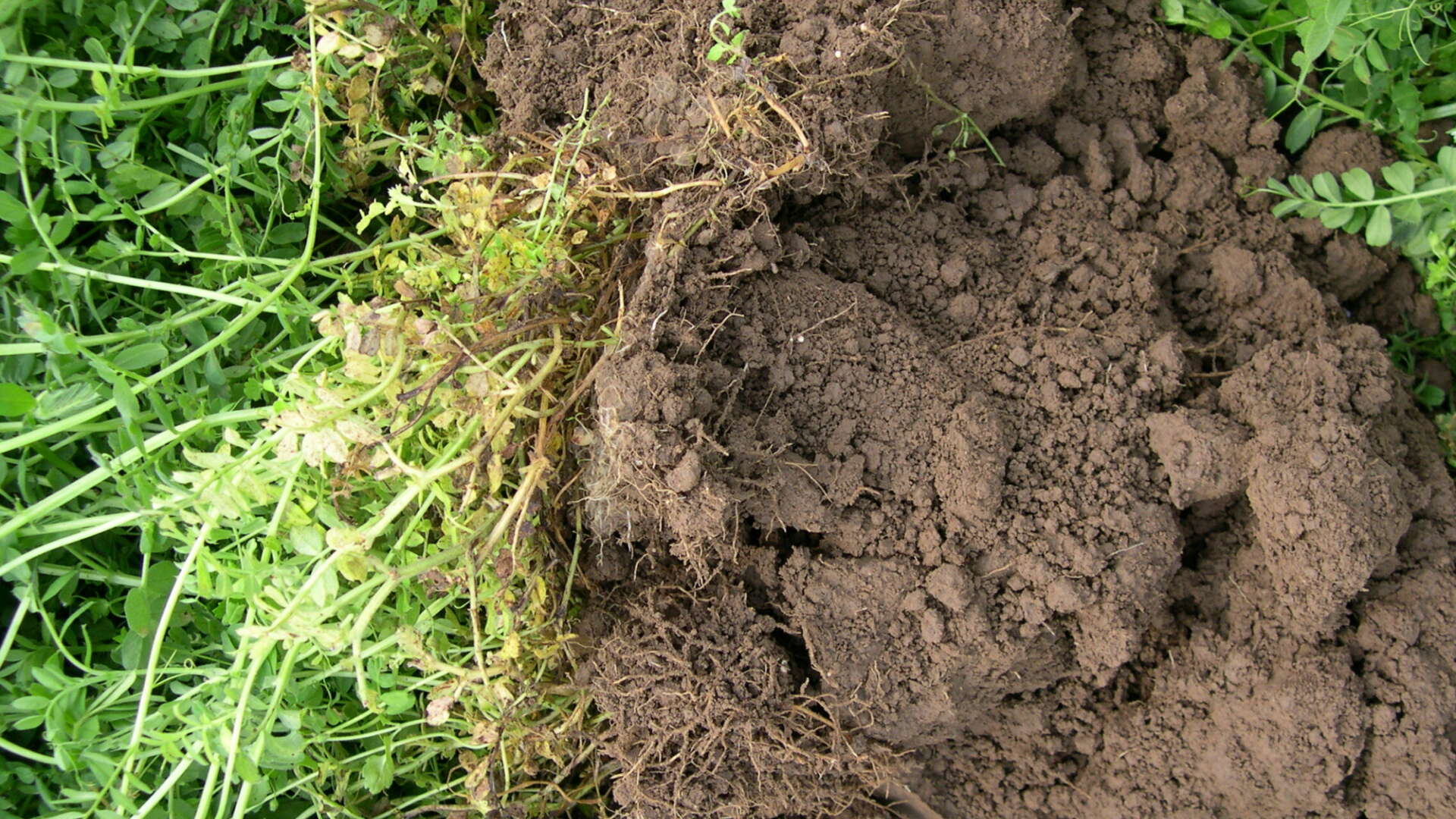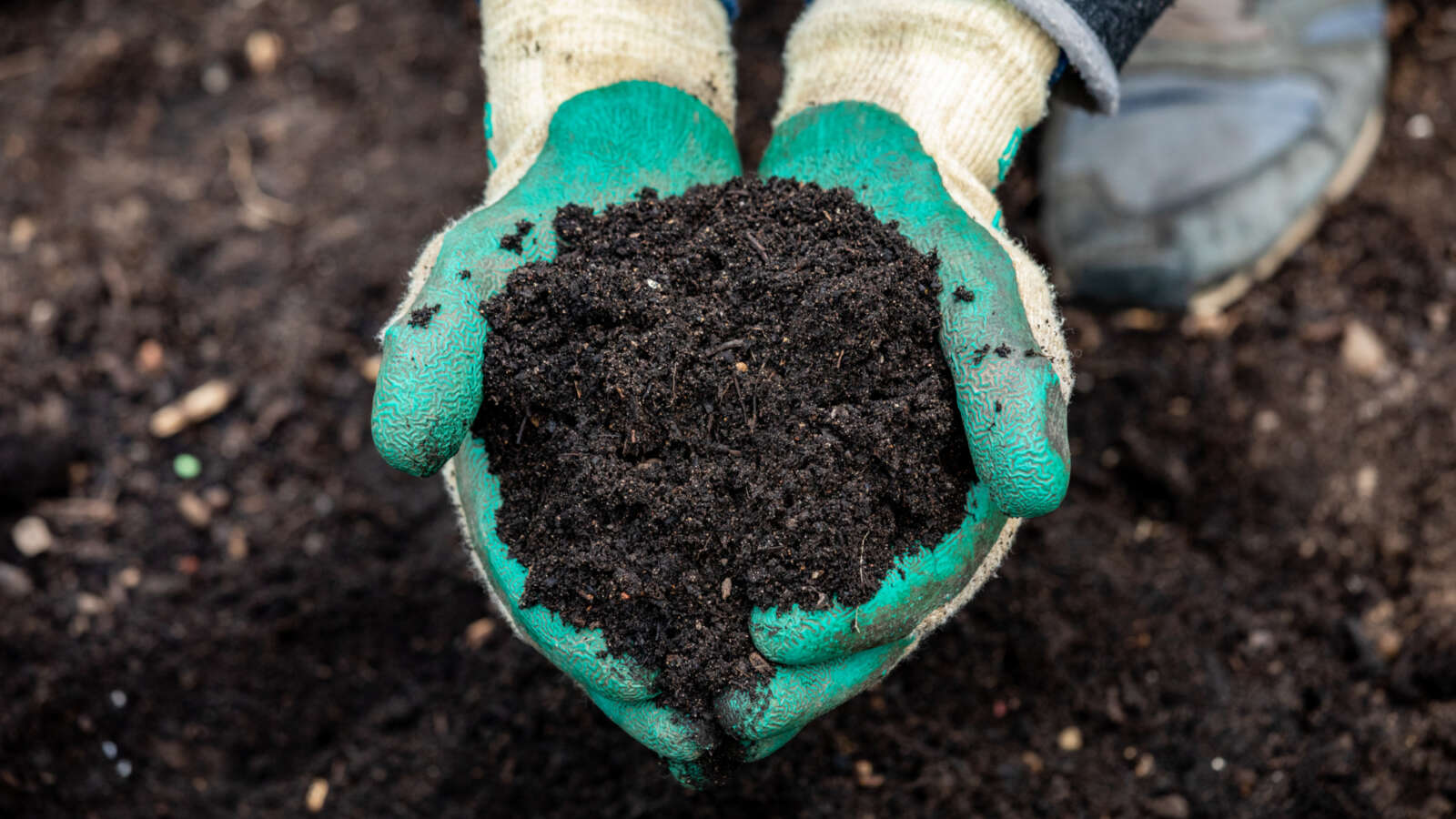Five-step beginner guide
Manage your soil

Manage your soil
Healthy, well-structured, fertile soil allows plants to absorb water and nutrients, and encourages robust growth. But managing your soil is as much about protecting and maintaining what you have, as it is about improving it. Here’s your healthy soil checklist:
Get to know your soil
Become best friends with your soil and make time to observe it. Dig a hole and look at the different layers: dark and crumbly topsoil, and lighter, more compacted subsoil. Think about the texture and whether it’s crumbly or compacted. How does your soil react to different weather conditions? What is its water-holding capacity? Use a soil pH kit to evaluate levels of acidity and alkalinity. All these factors will affect plant choice and what you need to do to increase productivity.
Dig or No-Dig?
The first impulse for many gardeners when faced with an empty plot is to reach for a spade. Digging is a good method of breaking up a hard layer or ‘pan’, loosening compacted soil and exposing pests to predators.
But digging also speeds up the breakdown of organic matter - a valuable component of fertile soil. It encourages weed seeds to germinate, releases nutrients and can damage soil structure. A no-dig, or reduced dig, system is worth trying on both heavy and light soils, especially if you have fixed beds that are not walked on. Instead, you can apply manures and composts to the surface as a mulch.
Feed your soil
To nourish your soil, use bulky materials like garden compost or well-rotted manures. These materials release nutrients slowly, improve soil conditions and stimulate essential micro-organisms. Liquid feeds can also help your plants in times of stress and mycorrhizal fungi improves root nutrition uptake. Read our Composting Step-by-Step guide.
Improve soil structure
Mixing well-rotted leafmould into your soil can enhance its structure and water-holding capacity, and release plant foods into heavy soils. Sow a green manure and you can improve structure by adding organic matter, aiding aeration and boosting nutrient retention. Green manure plants such as field beans or winter tares are sown, grown and dug back into the soil in spring – leaves, stems, roots and all. They’re particularly helpful if you don’t have access to manure or compost, and they prevent nutrients being lost or washed away.
If you want to learn more about soil management, download our handy Soil Information Pack, which covers soil health, the function of plant nutrients, soil improvers and testing, and much more.
